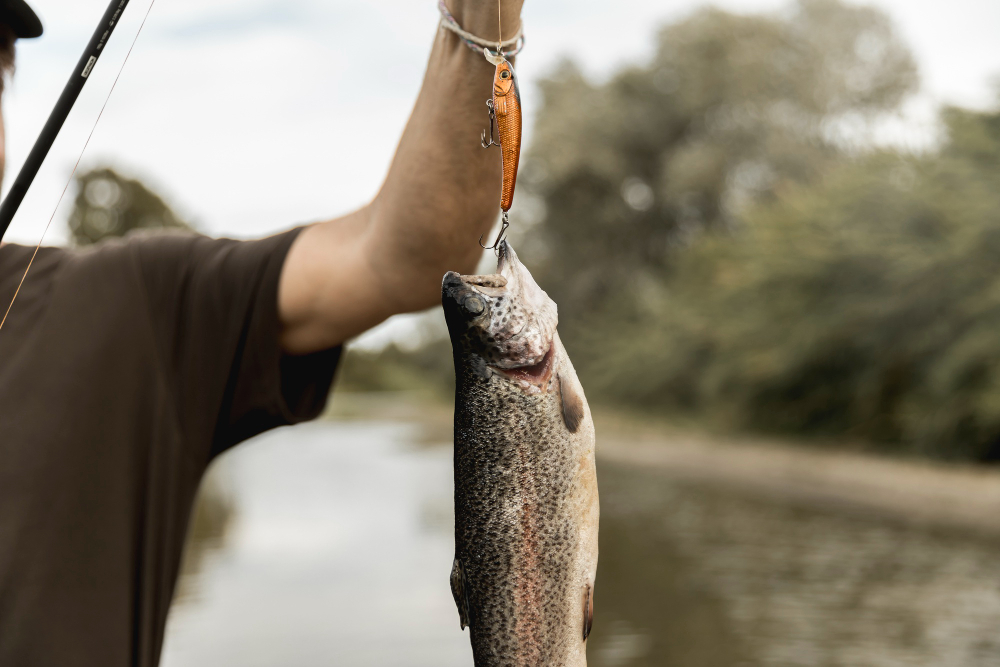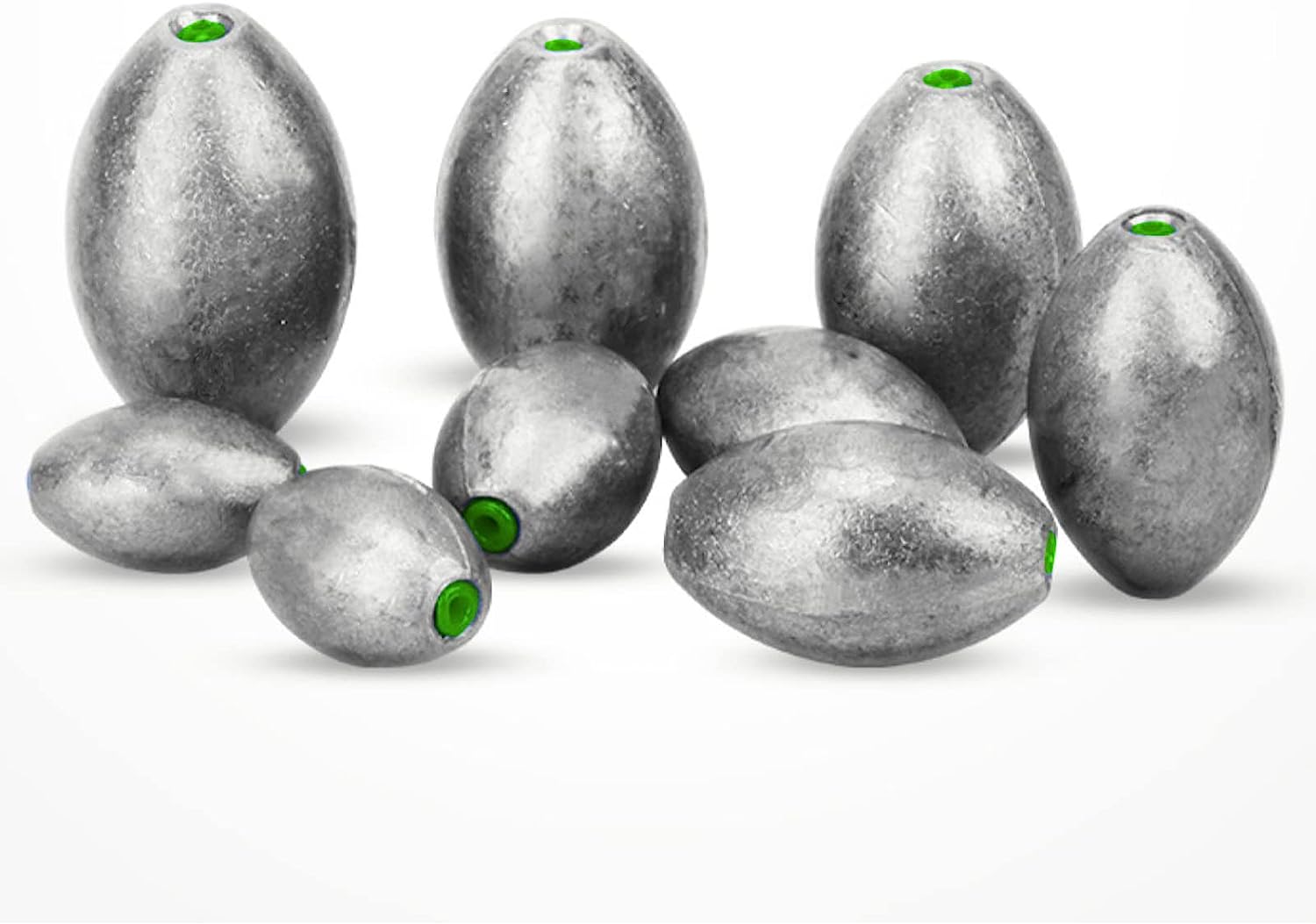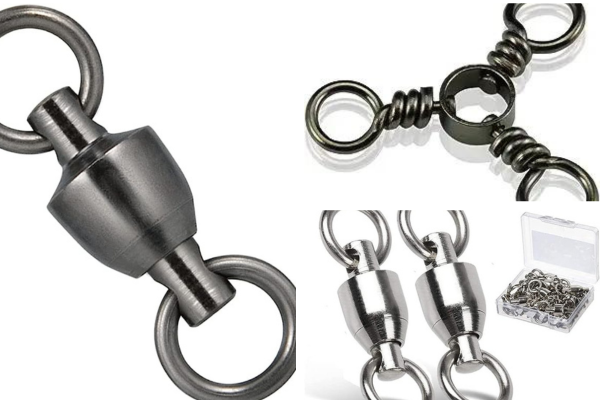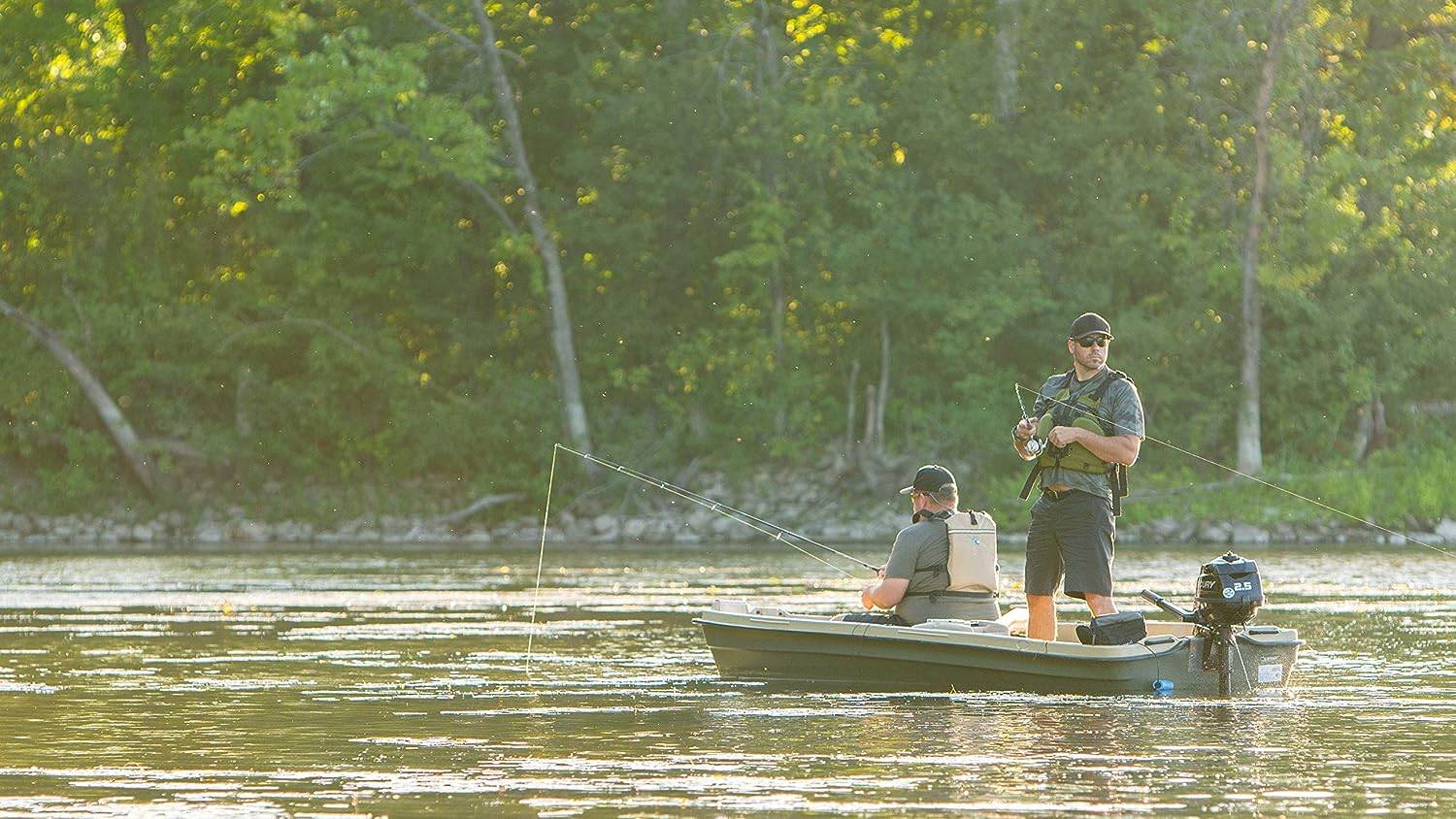Are you looking for a new challenge in your fishing life? If so, soft jigging and light jigging techniques for fishing may be perfect for you! This technique can be used in both salt and fresh water, making it a versatile option for anglers.
Many different techniques can be employed to catch fish, one of the most popular methods is jigging, which can be performed with a variety of baits and lure types. Jigging is a great way to catch fish when you don’t have a lot of time on your hands, as it’s an easy technique to learn and very efficient.
In this blog post, we’ll take a look at the basics of soft and light jigging for fishing, and how it works. Stay tuned for more tips on this exciting technique!
What is Jigging in Fishing?
Jigging is a popular technique used in fishing. It is effective for catching various types of fish, including bass, walleye, pike, and trout. Jigging involves using a weighted lure that is moved up and down in the water to simulate the movement of a baitfish. This type of fishing can be done from a boat or from shore.
It’s a fishing technique where you use bait or lure that is attached to a jighead. The jighead is then cast out into the water and retrieved in a quick motion. This action causes the bait or lure to bounce up and down in the water, which can attract fish to bite.
Difference Between Soft and Light Jigging Technique for Fishing
The soft jigging technique is where you use a soft plastic lure that is attached to a jighead. This type of lure is often used in saltwater fishing, as it can imitate the movement of baitfish very well. The light jigging technique is similar to soft jigging; however, the lure that is used is usually lighter in weight. This type of jigging is often used in freshwater fishing, as the lighter lure can be easier to control.
When To Use Between Soft and Light Jigging?
Some anglers feel that the light jigging technique is better suited for fishing smaller baits in deeper water, while others believe that the softer action of the soft rod is more conducive to successful hook sets. Ultimately, it comes down to personal preference and what you feel comfortable with.
Some of the factors you might want to consider when making your decision include the size and weight of your bait, the depth of water you’ll be fishing in, and whether or not fish are likely to be actively feeding. For example, if you’re using small live bait or finesse-style lures, you might want to opt for a soft rod. If you’re fishing in deep water or using larger baits, a light rod might be the better choice.
No matter what type of jigging technique you choose to use, make sure that you have the proper equipment and that your line is properly rigged. With a little practice, you’ll be catching fish in no time!
Can I use a spinning reel for slow jigging?
Yes, you can use a spinning reel for slow jigging. In fact, many anglers believe that a spinning reel is the best type of reel to use for this type of fishing. A spinning reel will allow you to have more control over your lure and will make it easier to keep your line tight. Additionally, a spinning reel will help to prevent your line from getting tangled.
If you are using a spinning reel for slow jigging, it is important to choose the right type of line. A braided line or a fluorocarbon line would be a good choice. These types of lines are strong and will not stretch, which is important when you are trying to feel the bite of a fish.
When slow jigging, it is important to use a rod that has a soft tip. This will help you to detect the bite of a fish and will also help to prevent your line from breaking. A rod with a soft tip will also give you more control over your lure.
Can you jig from shore?

Yes, you can absolutely jig from shore! In fact, many anglers consider jigging to be one of the most efficient and effective methods for catching fish. Whether you’re targeting panfish, walleye, trout, bass, or any other species, jigging can be an extremely productive way to fish from shore.
What size rod is best for jigging?
There is no definitive answer to this question as it depends on the jigging style, the size of fish you are targeting, and the type of water you are fishing in. A smaller rod is generally better for jigging in tight quarters, while a larger rod will provide more power for casting in open water.
Some anglers prefer a light-action rod for jigging delicate lures in shallow water, while others prefer a heavier-action rod for pounding big lures deep down in the water column. The key is to use the right tool for the job, and to always match the size of your rod to the size of your lure.
How much line do I need for jigging?
While many speed jiggers routinely fish 50- to 80-pound braid, for slow pitching we would recommend 10- to 20-pound fluorocarbon. The main reason is that you want to preserve the action of the lure as much as possible.
With a heavy braided line, you can get more distance and still maintain good contact with the bottom; however, when pitching a jig slowly, you need more sensitivity to really feel what’s going on at the end of your line. A lighter fluorocarbon line will provide this extra sensitivity while still giving you enough strength to battle larger fish.
Final Thoughts
There you have it! Now that you know more about the soft and light jigging technique for fishing, you can decide if this is the right method for you. Remember to match your rod and reel to the size of your lure, and always use a line that will provide you with the sensitivity you need to feel the bite of a fish.
Share the Love
If you found this post useful, please let others know about it by sharing it.
Related Posts
If you found this post useful, please explore others posts.


